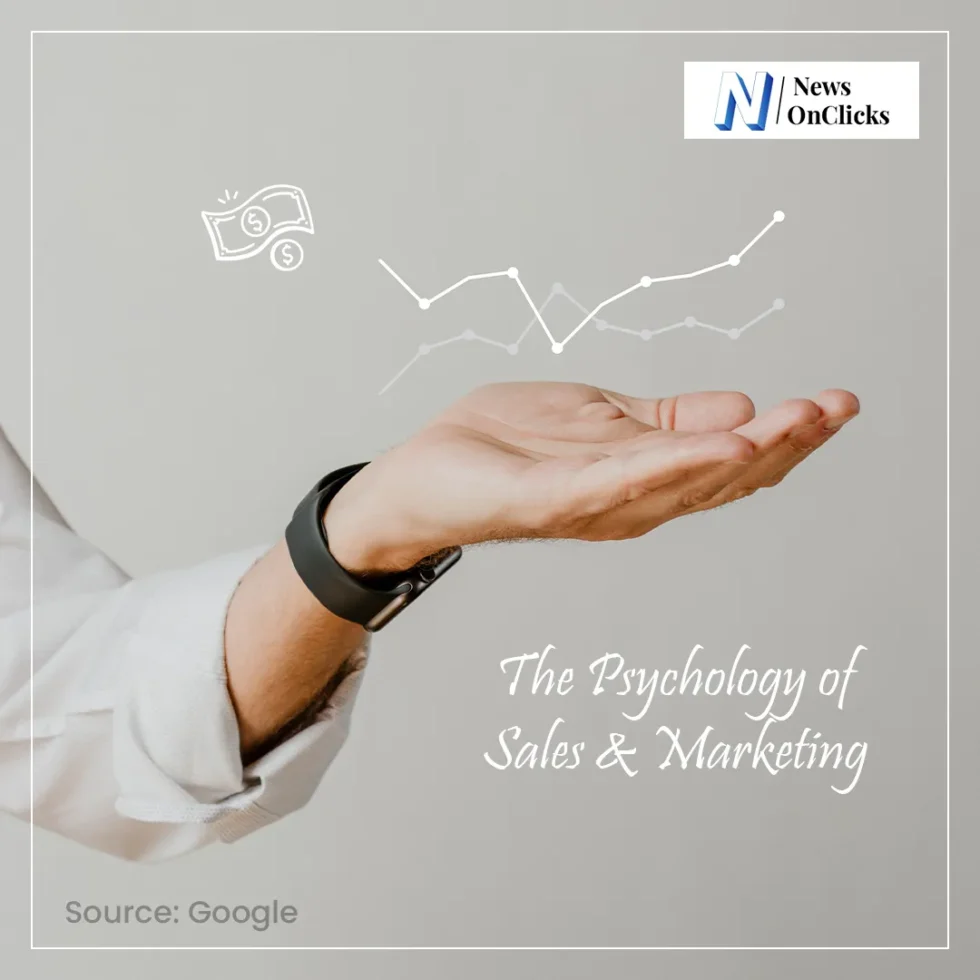
Ever wondered why you feel drawn to certain brands, or why a limited-time offer makes you click “buy now”? That invisible pull is not just clever marketing—it’s psychology in motion. Understanding how the human brain reacts to marketing strategies is a game-changer for anyone in business. When you grasp how people think, feel, and decide, your messaging becomes more powerful and your sales more consistent.
This article unpacks the key psychological principles behind effective sales and marketing. By applying these insights, you can create deeper connections with your audience and influence their behavior in a more meaningful, ethical way.
Emotions Speak Louder Than Logic
Contrary to popular belief, buying decisions are not always rational. People buy with emotion and justify with logic. Emotions guide attention, influence memory, and even shape decision-making.
Brands that resonate emotionally enjoy stronger loyalty and better conversion rates. Think of storytelling campaigns that evoke nostalgia or ads that create a sense of joy, pride, or belonging. These messages tap into the emotional brain first—where decisions are born.
Using colors, music, visuals, and brand language that align with your audience’s values can deepen that emotional engagement.
Social Proof Builds Instant Trust
When faced with uncertainty, people naturally look to others for guidance. This is known as social proof—a psychological cue that helps consumers feel safe making a choice.
Customer reviews, testimonials, influencer endorsements, and visible popularity indicators all contribute to social validation. Highlighting phrases like “most loved,” “trending now,” or “customers also bought” taps into that instinct.
When real people share their positive experiences, potential customers are more likely to trust the brand and follow through.
Scarcity Creates Urgency
The idea of missing out triggers a strong emotional reaction. Whether it is a product low in stock or a time-limited deal, scarcity makes people act quickly.
Marketers often use phrases like “only 3 left” or “offer ends tonight” to instill urgency. This plays on the psychological principle of loss aversion—our tendency to fear missing an opportunity more than we value gaining something new.
That urgency can turn hesitation into decisive action when it feels real and not overly manufactured.
Reciprocity Sparks Action
Humans are wired to return favors. When a brand gives value first, whether in the form of a free resource, a personalized recommendation, or unexpected delight, people often respond with loyalty or purchase.
Offering free trials, downloadable guides, discount codes, or helpful tips before asking for a sale is a great example of reciprocity in action.
The more a brand is seen as generous, the more likely customers are to engage and reward that kindness with conversions.
Anchoring Shapes Perceived Value
First impressions matter—especially when it comes to pricing. Anchoring refers to the psychological tendency to rely heavily on the first piece of information presented when making a decision.
If a premium product is introduced first, lower-priced options seem more affordable by comparison. If you show a crossed-out higher price next to the discounted price, customers anchor their perception of value to the original number.
Framing prices this way makes offers feel more attractive and worth the spend.
Cognitive Ease Enhances User Experience
The brain likes simplicity. When something feels easy to process, it feels more trustworthy and enjoyable. This is known as cognitive ease.
Brands that simplify navigation, use clear language, and avoid clutter perform better because they reduce cognitive friction. This principle is the reason why websites with clean design and intuitive layouts convert more visitors into buyers.
Creating a seamless, easy-to-follow journey keeps customers relaxed and focused, not overwhelmed or confused.
Personalization Increases Relevance
Personalization catches attention by showing that the brand sees and understands the individual customer.
From personalized email subject lines to tailored product recommendations, personalization makes people feel valued. It taps into a psychological filter called the Reticular Activating System, which prioritizes relevant information and blocks out noise.
Custom landing pages, user-based content, and behavior-triggered suggestions all enhance engagement and trust.
The Halo Effect Elevates Brand Perception
The halo effect is a mental shortcut where a positive impression in one area carries over into other areas. If a brand looks premium, people assume its products are high-quality. If a website feels sleek and professional, visitors are more likely to believe the service is reliable.
This effect is why branding consistency, visual identity, and attention to detail matter so much in shaping perception. A strong first impression leads to higher overall credibility and brand equity.
Stories Activate the Brain
Humans are naturally drawn to stories. They spark empathy, create emotional connection, and activate areas of the brain that logic alone cannot reach.
Instead of selling features, tell stories about customer transformations, the origins of your business, or the journey behind a product. Stories help people relate, remember, and feel inspired to be part of the brand’s journey.
When people can see themselves in your narrative, they are far more likely to buy.
Trust Is the True Currency
All psychological strategies rely on one foundation—trust. Without it, persuasion becomes manipulation. With it, even a simple message can convert.
Trust is built through transparency, consistency, and credibility. Show your team. Display real testimonials. Be honest about pricing, limitations, and policies.
Consistency across your content, tone, and customer experience reinforces that trust and turns one-time buyers into loyal advocates.
Conclusion
The psychology of sales and marketing is not about tricking people—it is about understanding them. By aligning your brand strategy with how the human brain naturally makes decisions, you can connect more deeply, communicate more clearly, and convert more consistently.
Use these insights not as gimmicks, but as bridges to create real, long-lasting relationships with your customers. Because when you understand what moves people, you do not just sell better—you serve better.









